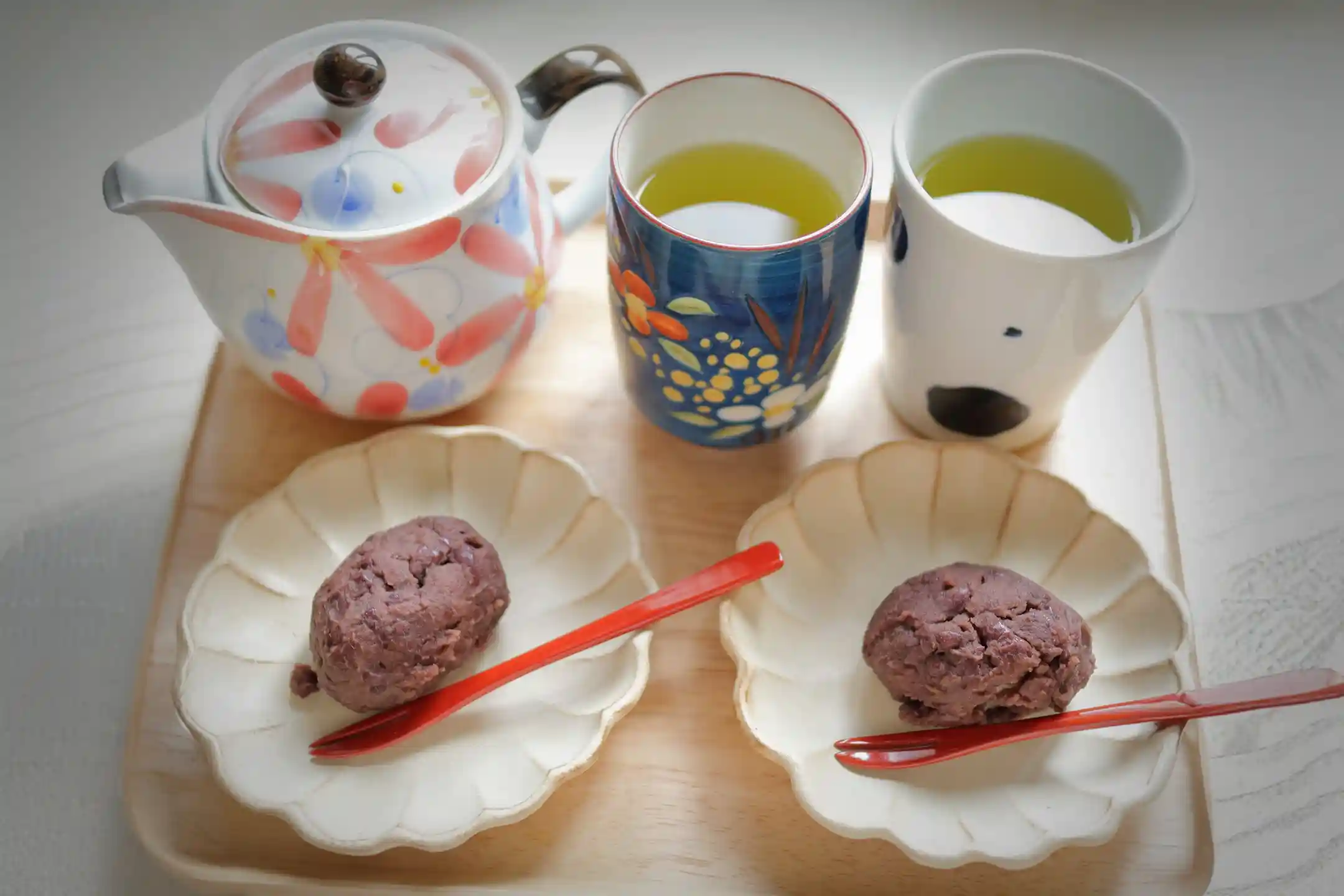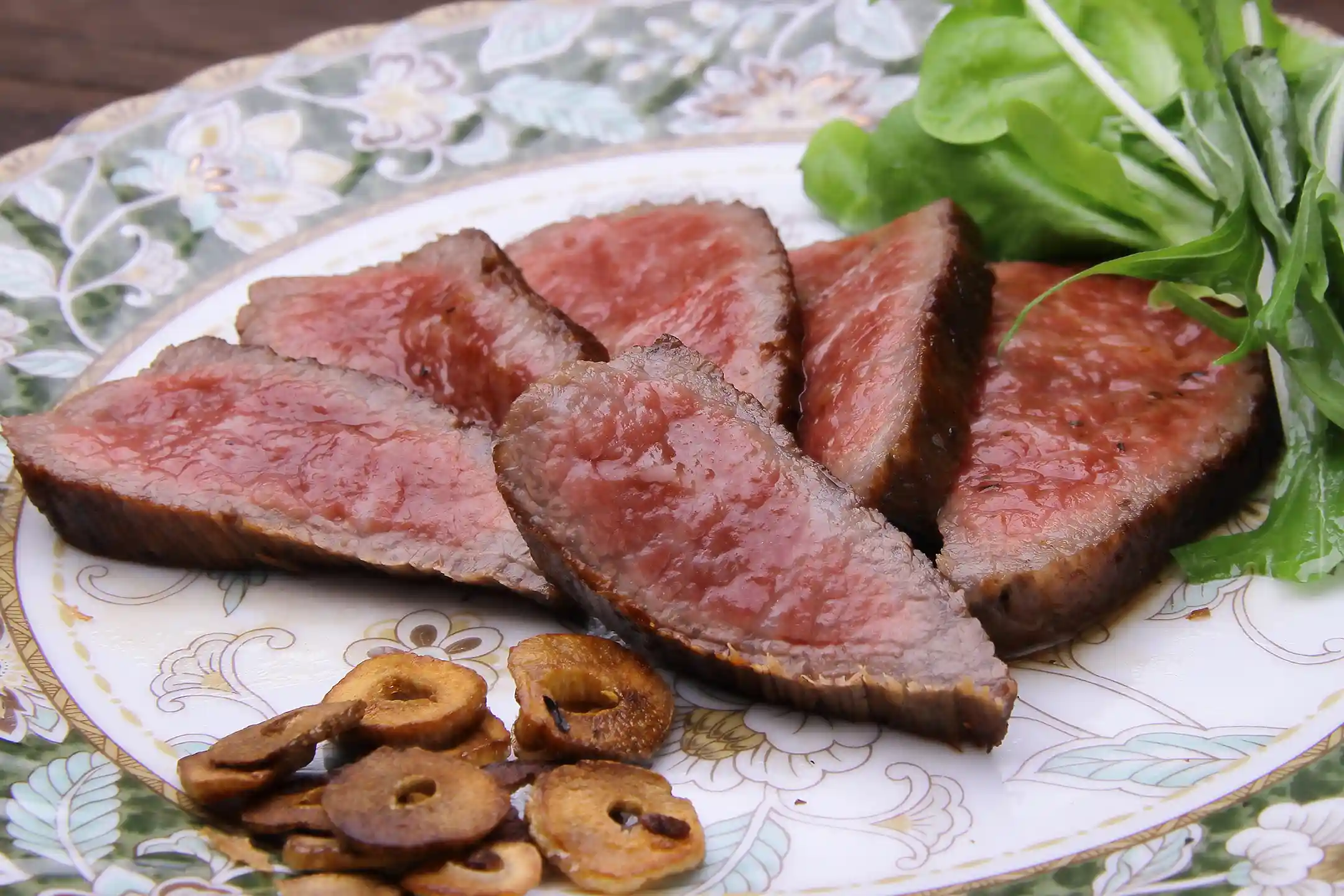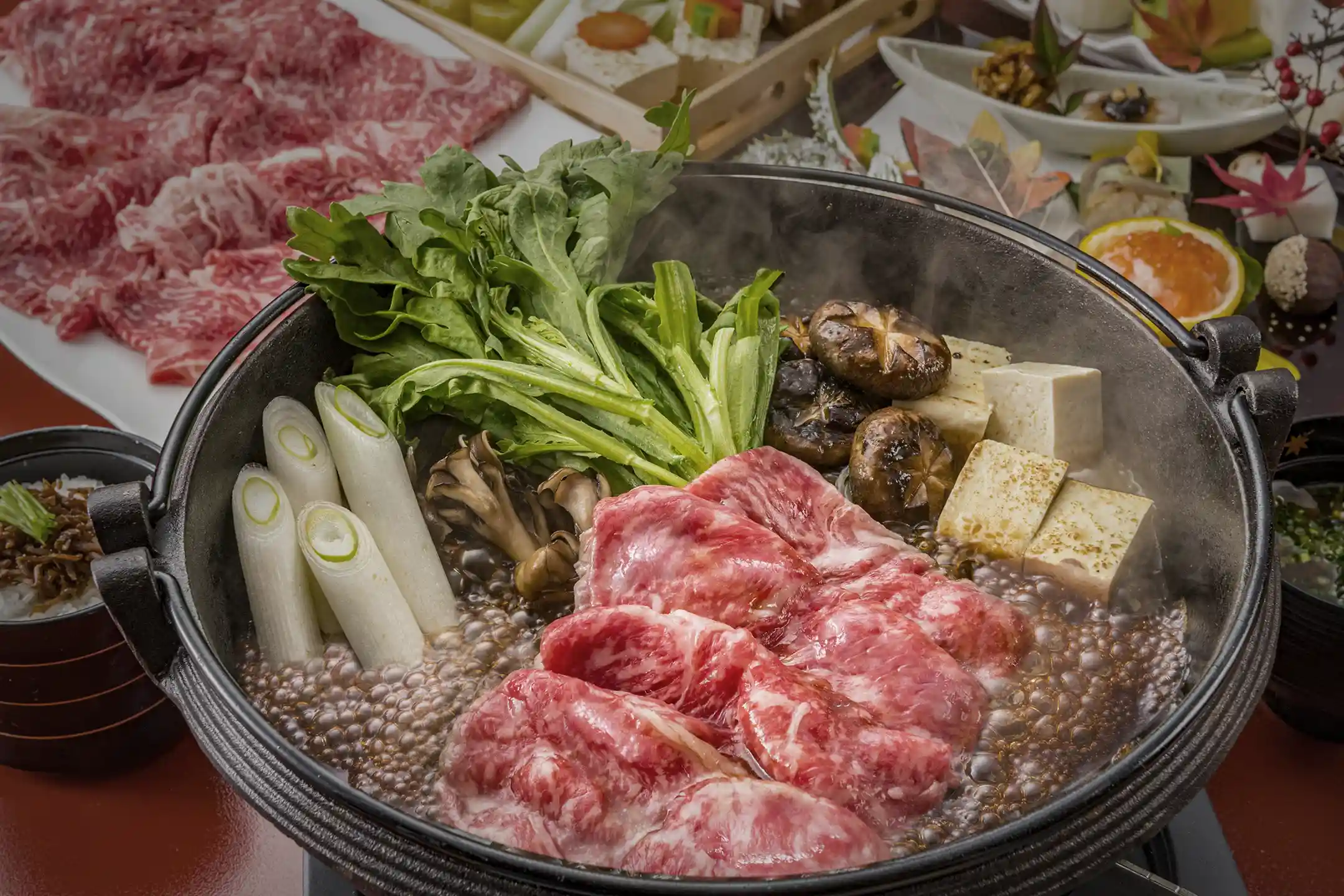Japanese tea culture grew from Chinese tea‑drinking customs, yet on these islands it evolved into something uniquely its own—a way to savor flavor while honoring one another and treasuring each fleeting moment. When you arrive in Japan, the elegant movements and deep history behind every cup can feel almost mysterious at first. Look closer, though, and you’ll find a gentle invitation to slow down, taste the present, and connect beyond social boundaries.
In this guide you’ll meet the major varieties—matcha, sencha, and beyond—explore the mindful philosophy called sado (the Way of Tea), and see how you can weave these discoveries into travel and daily life. By adding multiple perspectives, we aim to move past mere “curiosity about the foreign” so you can truly drink in the depth of Japanese tea culture.
Tea in Japanese Culture: The History and Cultural Significance of Japanese Tea
From Its Chinese Origins to a Distinctly Japanese Tradition
Tea arrived from China in the 8th–9th centuries and was prized in court and temple circles as both medicine and luxury (*1). In the 12th century, the Zen monk Eisai returned with tea seeds and championed their health benefits, sparking the first real tea cultivation in Japan (*1). Aristocrats and warriors soon held lively tasting contests called tōcha to guess a tea’s province.
By the late 15th century, Murata Jukō proposed a simpler, contemplative style known as wabi‑cha. In the 16th century, Sen no Rikyū refined this aesthetic, giving birth to the fully Japanese art of chanoyu—tea gatherings that cherish wabi‑sabi, the beauty of simplicity and imperfection (*2). Even battle‑hardened warlords sought calm in tiny tearooms, proving that tea crossed class lines and became a shared cultural treasure.
The Aesthetics and Spirit Embodied in the Tea Ceremony
You might picture tea ceremony as rigid ritual, yet at its heart lies thoughtful consideration for those around you. Rooted in wabi‑sabi, every gesture in the quiet tearoom focuses your awareness on the “now,” much like meditation (*3).
The phrase wa‑kei‑sei‑jaku—harmony, respect, purity, tranquility—captures the spirit of sado (*4). While Western cultures often prize individual assertion and efficiency, Japan elevates harmony within stillness. Experiencing this difference firsthand turns an ancient ceremony into a fresh lesson in hospitality and human connection.

Main Types of Japanese Tea and Their Characteristics
Matcha: The Tea That Symbolizes the Ceremony
Vivid‑green matcha is stone‑milled tencha whisked to a froth with a bamboo whisk (*1). Though the global “matcha boom” fills cafés with sweets and lattes, its origins lie in sharpening the spirit within a silent tearoom. Dressing in kimono and whisking your own bowl can make you feel “one with Japan,” yet true discovery comes from approaching the experience with respect and learning from experts on site.

Sencha: The Flavor That Colors Everyday Japan
Steamed, rolled, and dried leaves create sencha—the everyday green tea of Japan (*2). Crisp bitterness and refreshing aroma suit any meal. Once the preserve of monks and samurai, improved processing in the mid‑Edo era made sencha a household staple (*3). Today pouring sencha for visitors remains a warm gesture of welcome, much like offering coffee or black tea in the West.
Gyokuro: A Luxurious Leaf for Special Moments
Shade‑grown young shoots become gyokuro, an indulgent tea (*4). Steeped slowly at low temperature, it delivers rich umami and gentle sweetness. While Western menus now list it as “premium green tea,” in Japan gyokuro often graces celebrations or honors important guests. Each cup embodies growers’ devotion to patient, precise cultivation (*3).
Hōjicha: Roasted Comfort and Relaxation
Hōjicha’s defining note is its toasty aroma, created by roasting finished leaves over high heat (*5). Lower caffeine lets you unwind with it at night. Fans of herbal infusions will appreciate it warmth; its nutty flavor pairs as nicely with pastries as with traditional sweets.
A Premium Japanese Tea Experience Guide for the Intellectual Explorer
Places and Plans to Experience Japanese Tea
Tea Gatherings in Traditional Tearooms
Seated on tatami in an intimate tearoom, you receive a single bowl of matcha—an encounter that embodies Japanese aesthetics (*1). Far from “closed,” the space encourages host and guest to meet as equals, cherishing what may be a once‑in‑a‑lifetime moment. Unlike Western parties, this quiet setting sharpens concentration and mutual respect (*2). Many historic villas now offer English‑friendly lessons where you taste the essence of omotenashi hospitality.
%20Tea%20ceremony%20or%20Tea%20gathering%20%20(Nodate)%20Outdoor%20tea%20ceremony%20or%20Open-air%20tea%20ceremony%20%20(Chawan)%20Tea%20bowl.webp?width=750&height=500&name=(Chakai)%20Tea%20ceremony%20or%20Tea%20gathering%20%20(Nodate)%20Outdoor%20tea%20ceremony%20or%20Open-air%20tea%20ceremony%20%20(Chawan)%20Tea%20bowl.webp)
Modern Tea Houses and Cafés Offering Creative Brews
Cities now brim with cafés serving organic leaves and using state‑of‑the‑art extraction. In tea‑growing Shizuoka, tours invite you to “café hop” through new-wave tea bars (*3). Matcha lattes or hōjicha cocktails reveal innovation without discarding tradition. For travelers, the key is to embrace freshness while rejecting a “novelty trophy” mindset—learning each other’s backgrounds turns a café stop into real cultural exchange.
Interaction with Local Tea Gardens and Artisans
Tea‑Garden Tours and Conversations with Growers
Visiting a plantation and speaking directly with growers grounds your knowledge in nature. Picking leaves yourself or seeing organic practices in action highlights co‑existence with the land. In Miyazaki or Shizuoka you might whisk tea outdoors (nodate) while fresh breezes ripple the fields. These programs go beyond “photo spots” to showcase farmers’ dedication to culture and ecology (*1). Shared passion for quality bridges any language gap.
Collaborations with Teaware Artists
Potters and craftspeople enrich the world of tea through bowls, kyusu teapots, and more. Many kilns welcome you to watch firings or try painting your own piece. At Kyoto temples, special sessions pair tea with artist‑made vessels—moment, utensil, and flavor merge into living art (*2). In Ureshino Onsen, Kyushu, ryokan now offer “tea‑stay” plans combining local ceramics and regional teas (*1), proving that tea encompasses more than drinking; it creates multi‑layered artistic space.

Workshops and Seminars to Deepen Knowledge
Lectures on the History and Philosophy of the Tea Ceremony
If you crave depth, enroll in classes exploring sado’s roots, Zen links, and the thinking of historical tea masters. Discover why Sen no Rikyū believed hearts meet most clearly in quiet (*1)(*2). Museum tours showing authentic utensils will spark your intellectual curiosity.
Japanese Tea Tasting & Brewing Lessons
Hands‑on workshops let you sample multiple teas, compare aromas, and master water temperature and steeping time (*3)(*4). Much like brewing black tea with care, tweaking these variables brings new joy. Recognizing not just “bitter” or “astringent” but layers of umami or toastiness can elevate every tea break.
Proposals for a High‑Quality Lifestyle Incorporating Japanese Tea
Tea Experiences at Luxury Hotels and Ryokan
Top ryokan and hotels welcome you with matcha or even offer in‑room lessons. At Beniya Mukayu in Yamanaka Onsen, the owner personally prepares tea in a private tearoom, inviting you to drop the day’s rush and savor the instant (*1). At Hoshino Resort KAI Enshu in Shizuoka, tasting flights, tea‑infused baths, and spa treatments celebrate wellness through tea (*2)(*3).

Tea‑Themed Gifts and Souvenirs
To end your journey, choose gifts that embody craftsmanship. Brass tea canisters from Kaikado, founded in the Meiji era, gain deeper patina with every use and have fans worldwide (*4). Seasonal wagashi from longtime confectioner Morihachi in Kanazawa pair beauty with flavor (*5). Far from tourist trinkets, these pieces mirror everyday Japanese life and artisan spirit—and they spark conversation when you share them back home.

Tea in Japanese Summary: Learning and Delight That Spread from a Single Cup

Japanese tea is a living synthesis of history, artistry, and heartfelt consideration. Whether you whisk matcha in a silent tearoom or sip a creative latte in a bustling café, the culture stretches wide. Approach it not as a distant curiosity, but as a bridge that shortens the distance between hearts.
From luxurious inns and tea‑garden tours to collaborations with potters, every encounter lets you taste centuries of skill and care. Even at home, a gentle cup of Japanese tea can help you notice small moments of calm. The more you uncover the stories behind what you drink, the more each sip becomes a celebration of history, culture, and warm human exchange.
Author Bio

Natsumi Ikeshita
Experienced in B2B SaaS marketing and “omotenashi,” Natsumi directs media operations with a focus on hospitality and cultural storytelling. Her global experience and marketing skills bring fresh value to Bespoke Discovery’s content.





/Kazunoko%20Matsumae-zuke%20(Herring%20Roe%20and%20Seafood%20Pickles).webp)